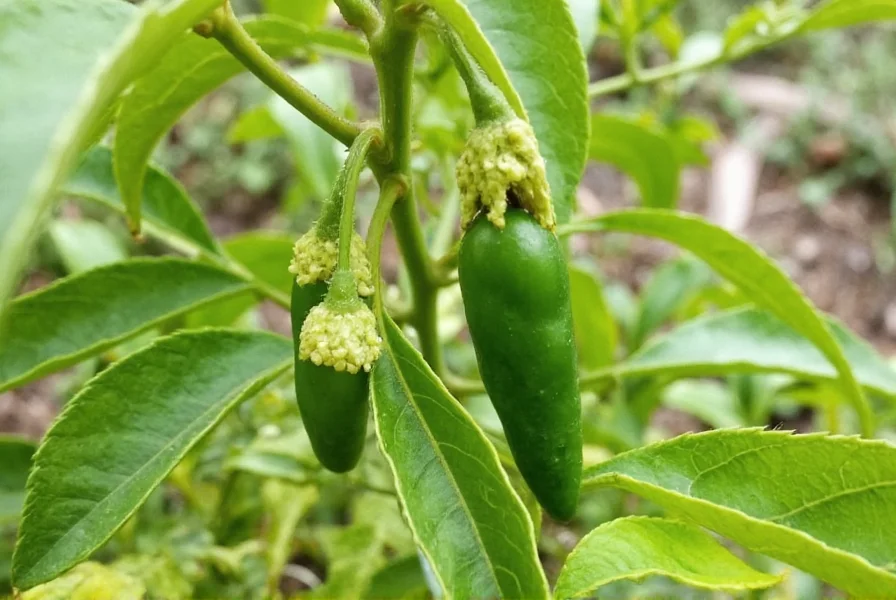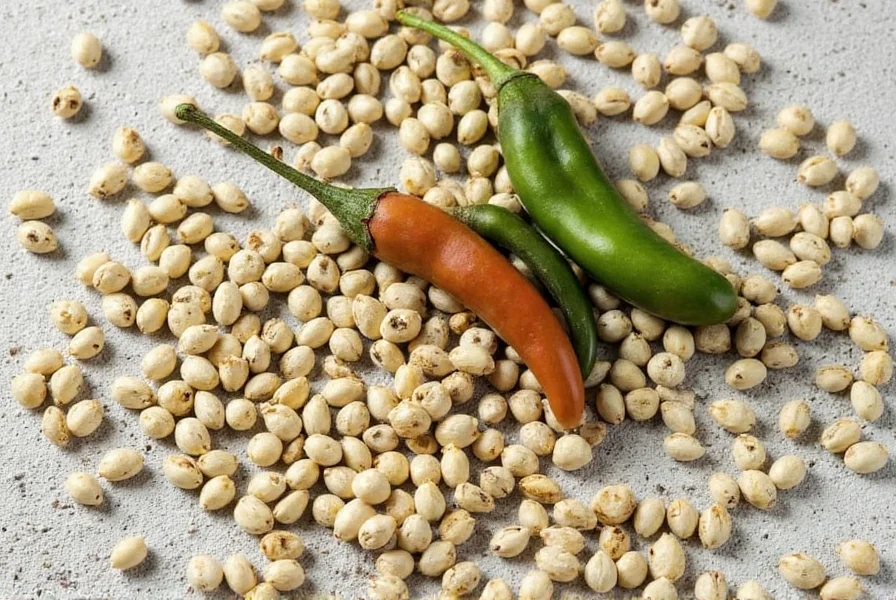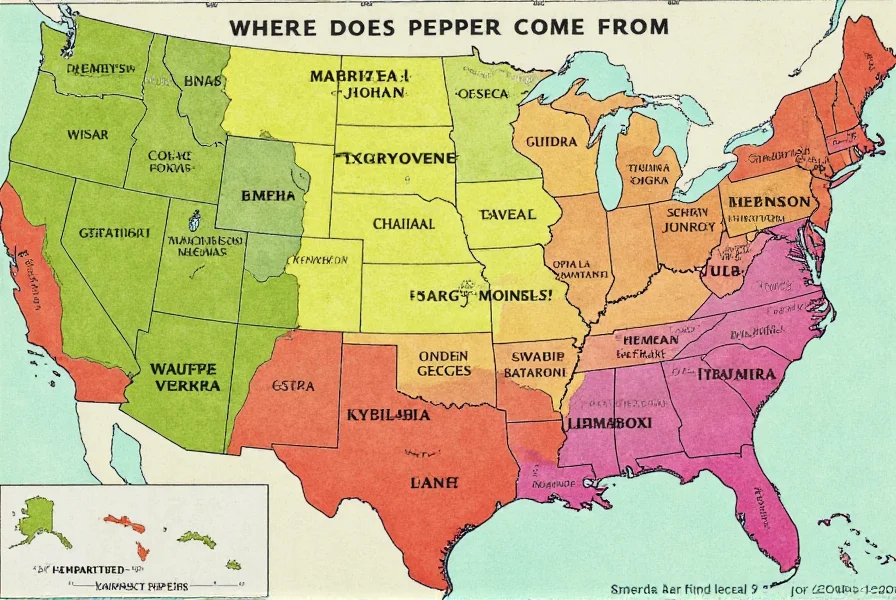Black pepper, scientifically known as Piper nigrum, originates from the Indian subcontinent, specifically the southern regions of India, particularly the state of Kerala. This beloved spice has been cultivated for over 3,000 years and was once considered so valuable it was called 'black gold'.

Historical Significance of Black Pepper
In ancient times, black pepper was highly prized by the Greeks and Romans. It was used as currency in some parts of the world and was a major commodity in trade routes between Asia and Europe. The spice trade routes were established partly due to the demand for black pepper.

Global Spread of Black Pepper
Today, black pepper is grown in tropical regions around the world, including Vietnam, Indonesia, Brazil, and Madagascar. However, the original home of the plant remains in South Asia, where it has been cultivated for millennia.
Frequently Asked Questions About Black Pepper Origins
- Where does black pepper originally come from?
- Black pepper originates from the Indian subcontinent, specifically the southern regions of India, particularly the state of Kerala. It has been cultivated there for over 3,000 years before spreading to other tropical regions around the world.
- Why is black pepper called "black gold"?
- Black pepper was called "black gold" because of its high value in ancient times. During the Roman Empire and Middle Ages, it was extremely valuable and often used as currency or collateral. Its importance in trade routes made it as valuable as gold in some contexts.
- How did black pepper spread to other parts of the world?
- Black pepper spread from India through ancient trade routes. Arab traders initially controlled the spice trade, but European powers like Portugal and the Netherlands later established direct trade routes to India. This led to the global spread of black pepper cultivation.
- When was black pepper first cultivated?
- Black pepper has been cultivated in India for over 3,000 years, with evidence of its use dating back to ancient civilizations in the Indian subcontinent.











 浙公网安备
33010002000092号
浙公网安备
33010002000092号 浙B2-20120091-4
浙B2-20120091-4